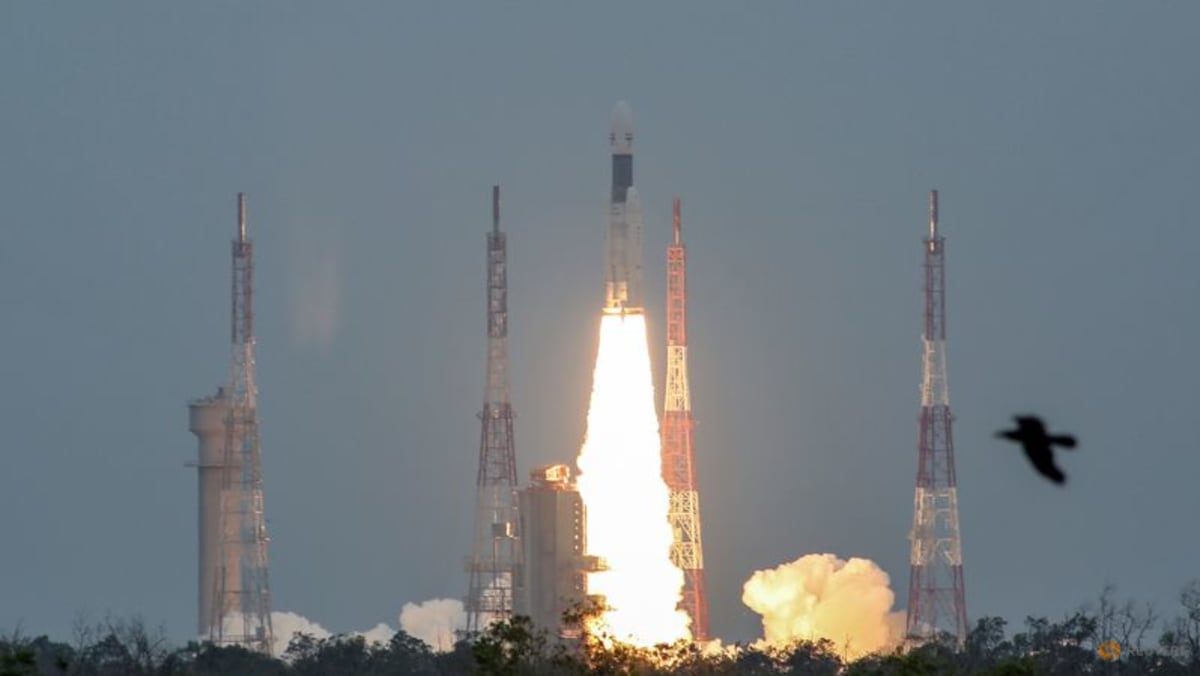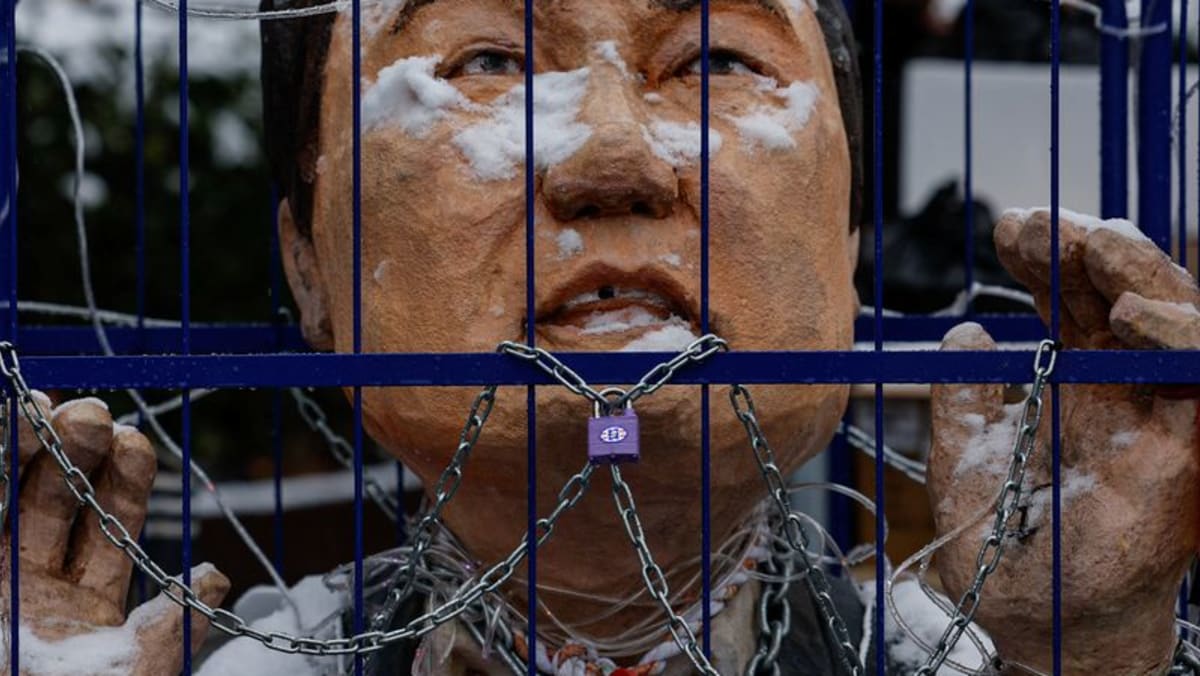India rail crash probe is focusing on manual bypass of track signal, sources say
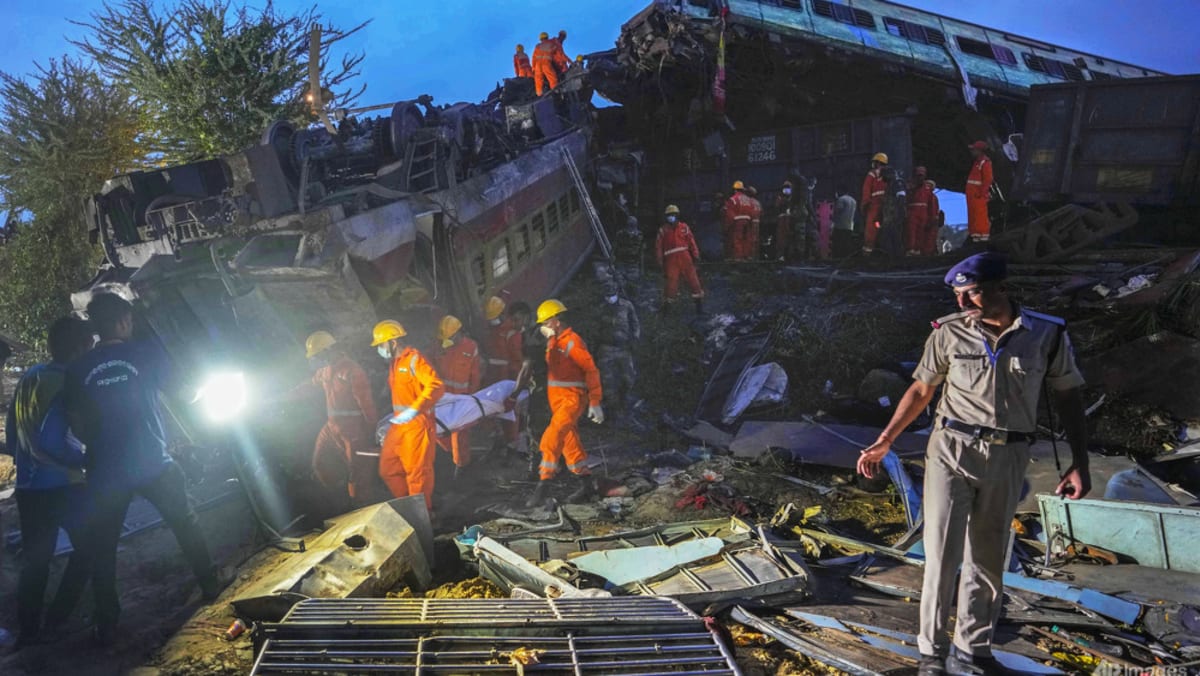
‘ERRATIC BARRIER’
Indian Railways, the fourth largest train network in the world, is a state monopoly run by the Railway Board. The board reports to the Railways Ministry.
A spokesman for Indian Railways said “repair works keep happening as per requirements” but tampering with the automated system is not allowed.
He declined to elaborate further on the causes of the crash, saying “the investigation is on”.
Amitabh Sharma, chief information officer at the Railways Ministry, said the cause of the accident was still under investigation.
Asked about investigators’ suspicions that the electronic system may have been manually bypassed, Sharma said: “These are all speculations which we cannot confirm at this juncture.”
A spokesman for the federal police’s Central Bureau of Investigation (CBI), which has opened a separate probe into possible criminal negligence, did not respond to a request for comment.
Reuters spoke to five residents of Bahanaga village, who said the barrier at the railway crossing had been faulty for nearly three months and had been repaired frequently.
When there was a fault, the barrier would remain stuck in the closed position and had to be manually opened by railway workers, the residents said.
If the barrier was open, the automated signal system would not allow a train to go past the rail-road crossing, one retired Indian Railways official said. The official did not want to be identified due to the sensitivity of the crash investigation.
“The electric barrier would sometimes go up and sometimes it wouldn’t,” said Soubhagya Ranjan Sarangi, 25, a pharmacist with a shop close to the railway crossing.
Niranjan Sarangi, a 66-year-old retired school teacher who spends many evenings sitting near the crossing with friends, was there at the time of the crash. He said the barrier seemed to be functioning fine at the time.
“The barrier would malfunction sometimes. People from the department would come and fix it,” he said.
SYSTEM ‘CHANGED MANUALLY’
One of the three Indian Railways sources – all of whom had knowledge of the ongoing CRS probe – said initial investigation suggests the automatic electronic signalling system was “changed manually, for which the software has to be tampered with”.
“(Indian) Railways believes the system was tampered with,” said the second source, who has access to briefings on the investigation. “It is yet to be ascertained whether the intervention was intentional or by mistake or whether due to ongoing work near the signal.”
The third source said the preliminary probe suggested that the signalling system was bypassed because the repair workers were trying to fix the malfunctioning barrier.
India’s rail network is undergoing a US$30 billion transformation with gleaming new trains and modern stations under Prime Minister Narendra Modi’s push to boost infrastructure and connectivity.
The Jun 2 crash has raised questions about whether safety is getting enough attention. The Indian government has said safety indicators have improved over the years, accident rates have fallen and safety is getting adequate funds.
The crash happened when the Coromandel Express, heading to the southern city of Chennai from the eastern city of Kolkata, wrongly entered a side track of the station at a speed of 128kph and rammed into a stationary iron ore freight train.
The Coromandel Express jumped off the tracks and toppled after impact. Some of its coaches hit another express train passing on a parallel track in the opposite direction, causing that one to also jump off the tracks and result in a massive wreck.
Two days after the crash, Jaya Varma Sinha, a Railway Board member, told reporters that it appeared that the electronic signalling system, called the “interlocking system”, had sent the Coromandel Express on the wrong track by giving it a green signal.
The CRS findings now suggest that the system, which Sinha said is supposed to be “fail-safe”, had been compromised by workers trying to find a workaround, the third Indian Railways source said.
Sinha did not respond to a Reuters request for an update on the investigation.
Sandeep Mathur, Indian Railways’ principal executive director for signalling, the top official responsible for signalling, also did not respond to Reuters requests for information about the supplier of the interlocking system.
Reuters could not independently establish the identity of the supplier or verify Sinha’s claim that it is fail-safe.
Source: CNA


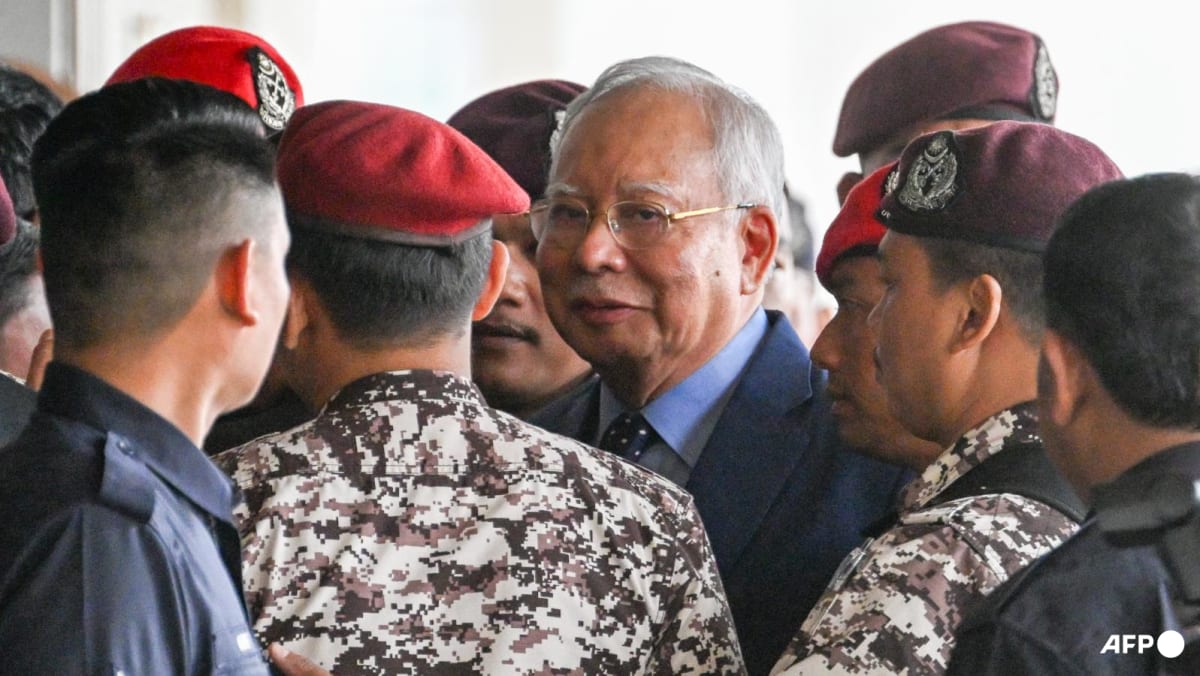
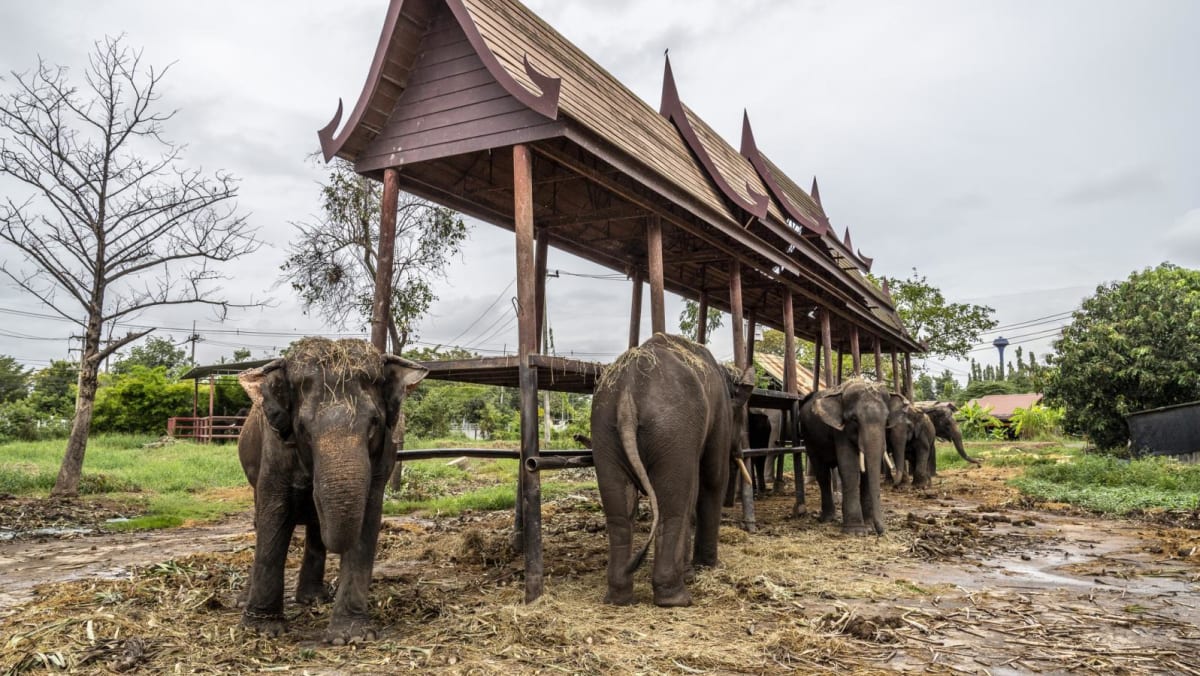
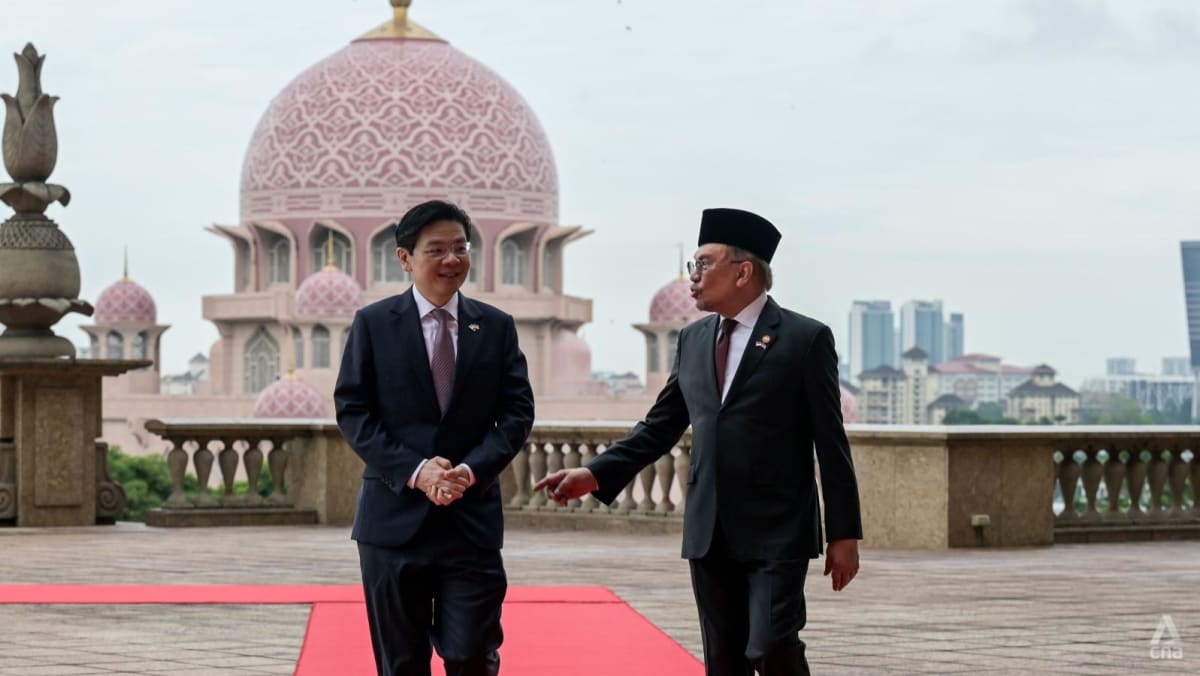


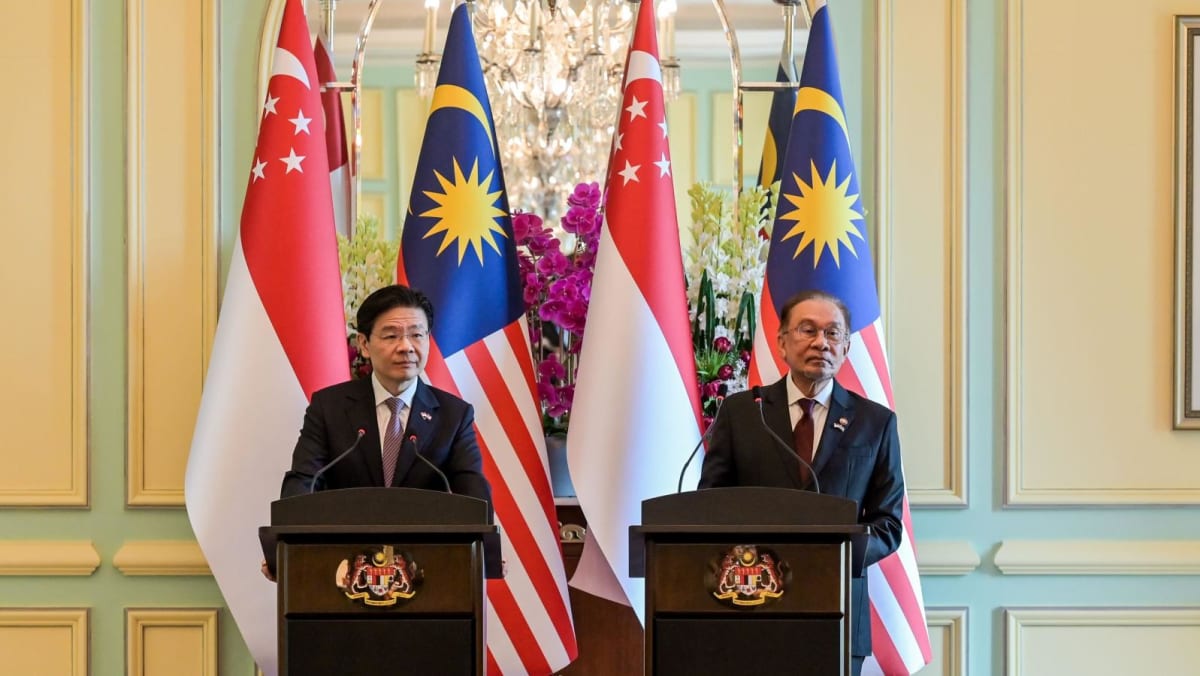
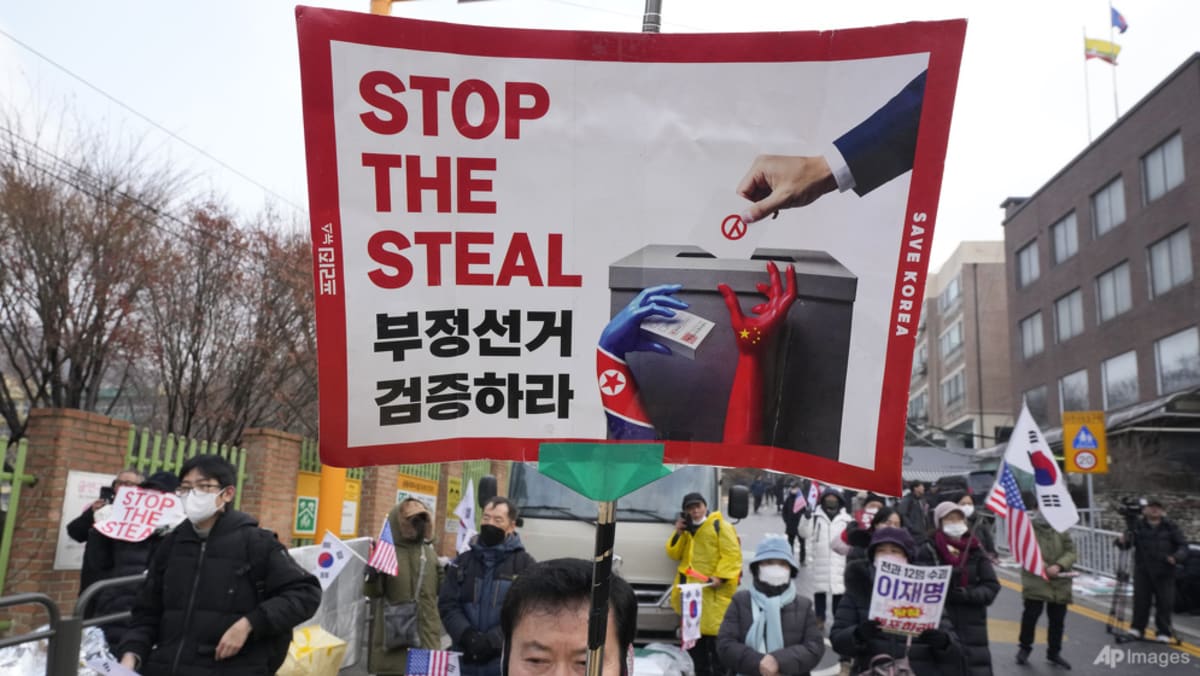

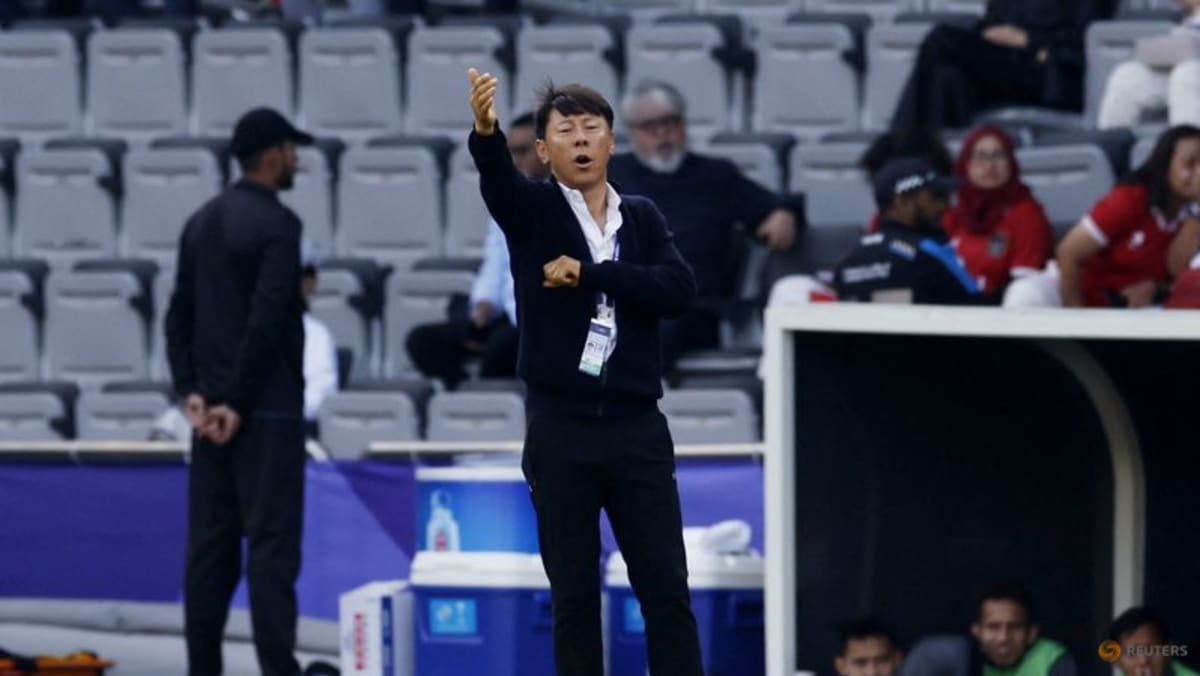


.jpg?itok=P6uVbI6q)
